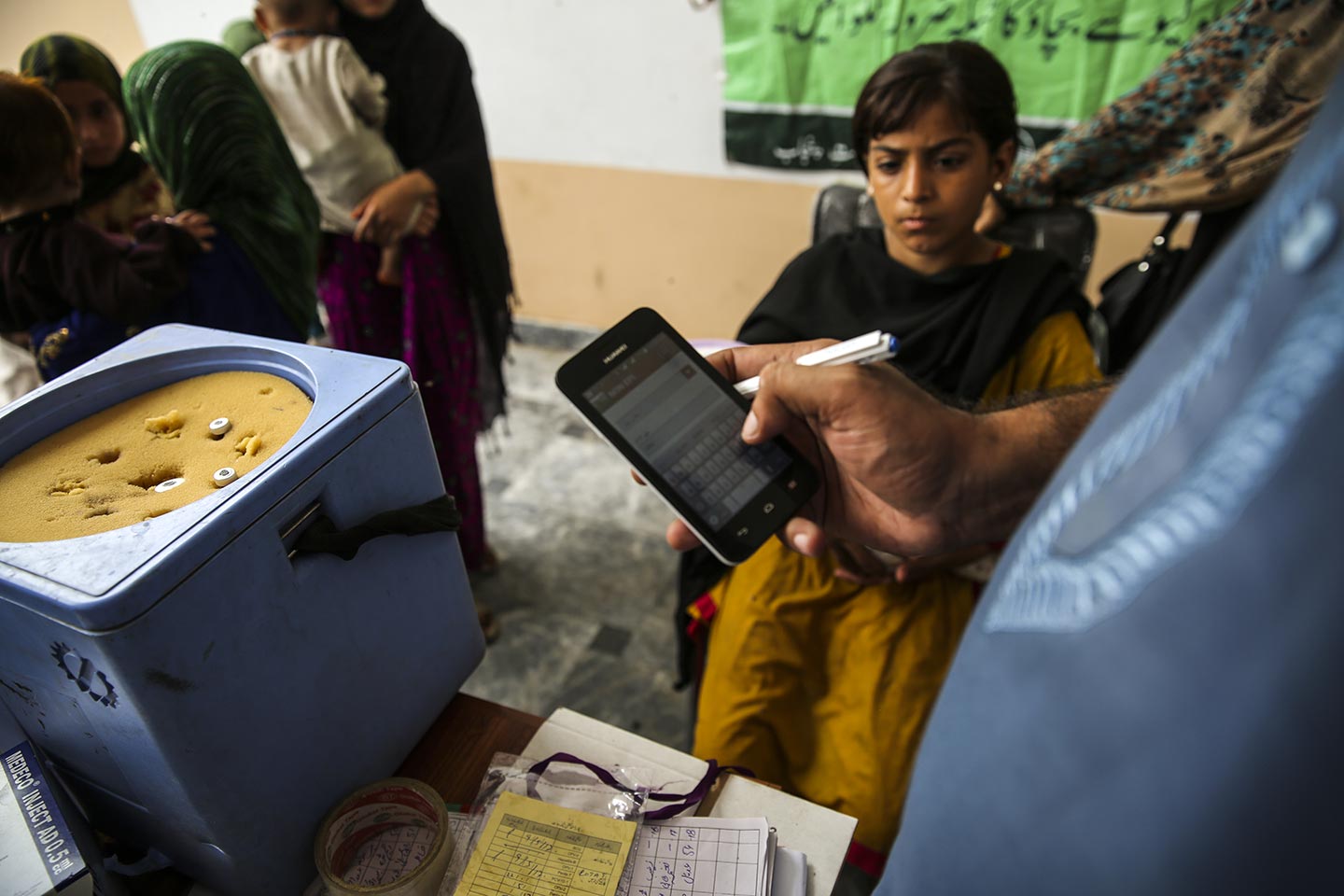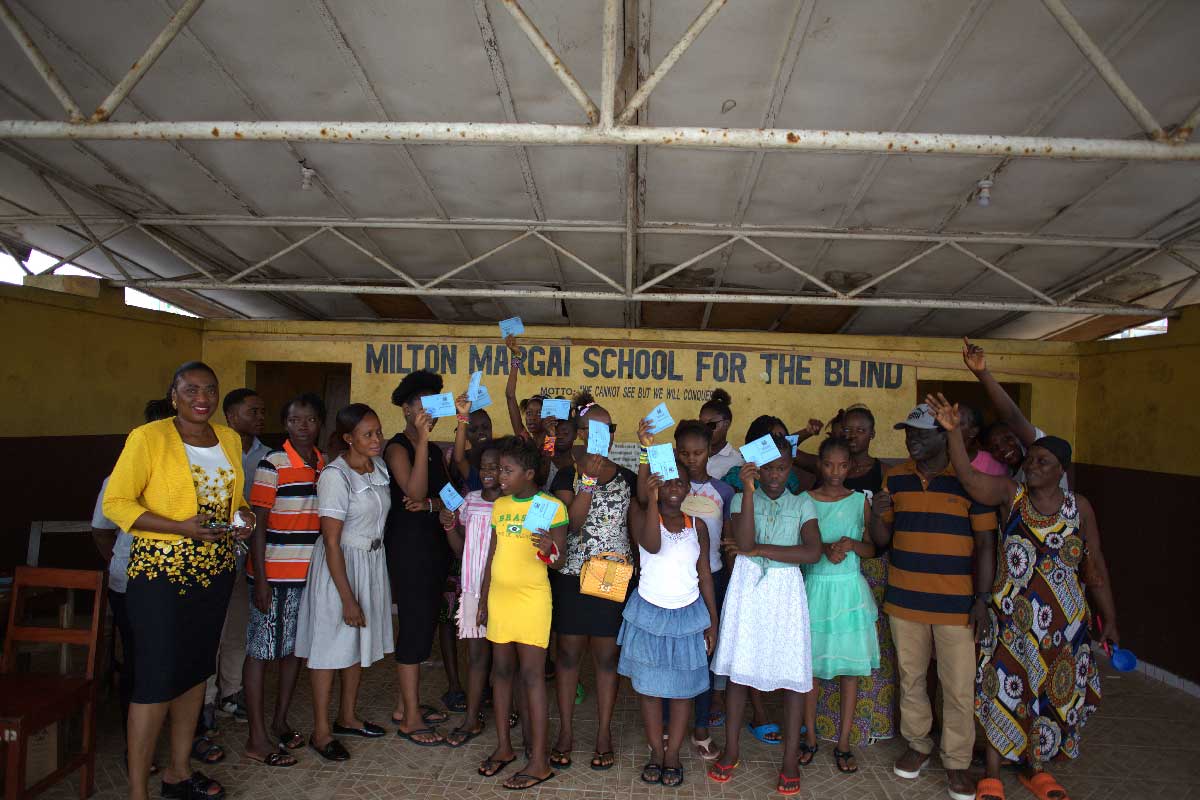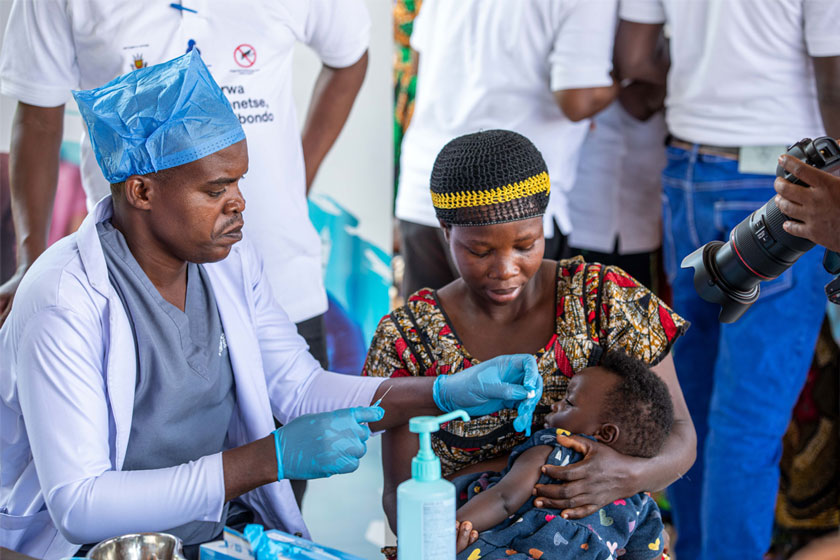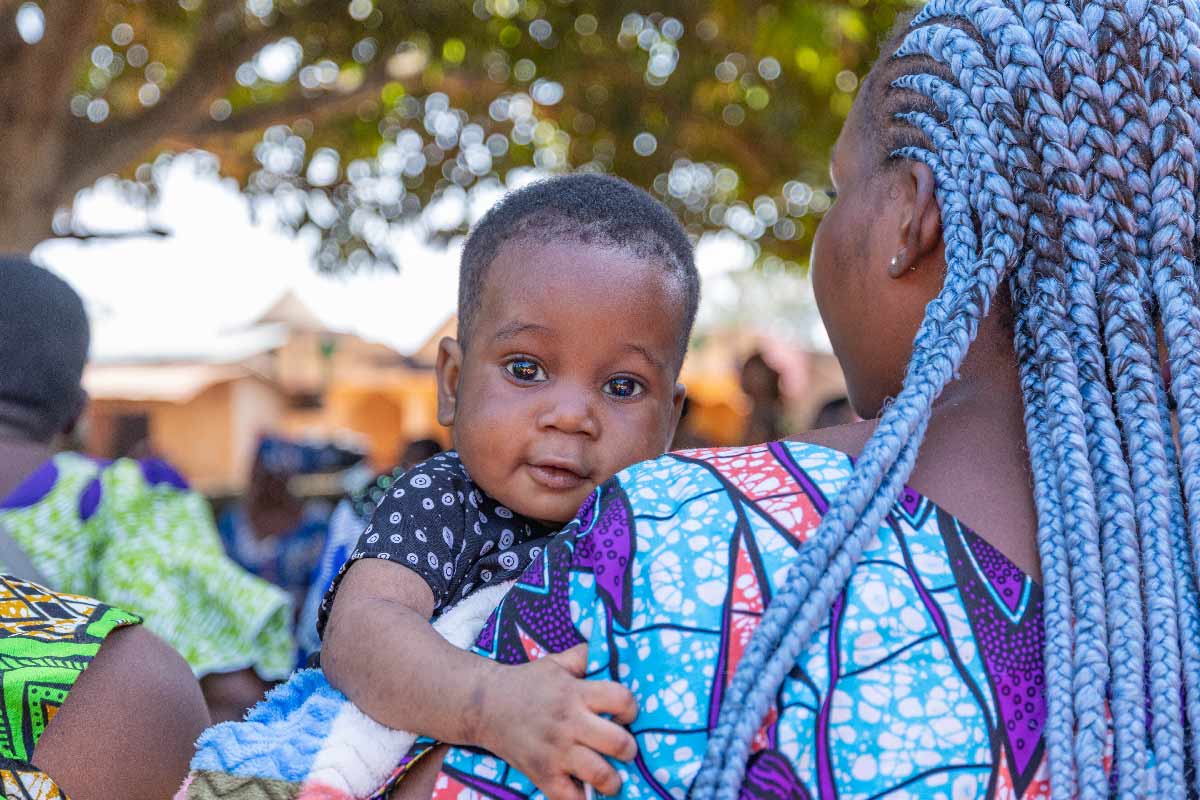How digital tools are helping Pakistan monitor routine immunisation during the pandemic
A Gavi-supported digital immunisation registry is keeping track of vaccination activities to make sure children remain protected from other infectious diseases.
- 11 June 2020
- 5 min read
- by Gavi Staff

Despite economic progress in the last few years, Pakistan continues to battle poverty. Often cramped and crowded living conditions and an insecure health system make this fast-growing country vulnerable to pandemics.
Pakistan has recorded over 120,000 cases of COVID-19 and more than 2,300 deaths, with daily totals still rising. The world's fifth-most populous country has only around 4,000 ventilators, of which over half are owned by public-sector hospitals. Despite the overburdened health system and viral spread refusing to slow, Prime Minister Imran Khan lifted the lockdown on 9 May due to fears that millions more would fall into poverty if economic activities did not restart.
Sindh, a south-eastern province of over 47 million people, has reported the highest number of COVID-19 cases so far. Hospitals there are already operating at maximum capacity, with reports of people with symptoms being turned away.
One side-effect of strained resources and the 39-day lockdown is a fall in routine immunisations. A sophisticated, Gavi-supported digital platform has been watching closely to confirm the extent of the damage.
The Zindagi Mehfooz (ZM) registry, which translates as ‘safe life’, is now tracking every aspect of vaccination services in Sindh. This has been helping more than 2,400 registered vaccinators protect the 2.9 million children and 1 million women registered to the service. And now it is playing a key role in reducing further health repercussions caused by COVID-19.
LOW COST BUT HIGH TECH
The Android phone-based platform enables vaccinators to digitally enrol and track the immunisation status of people in their catchment area. Originally taken on by the United Nations in 2011, the registry enables vaccinators to record vaccinations using the phone interface. With support from the Government of Sindh, the World Health Organization and Gavi, the registry has recorded 22 million immunisations in Sindh since October 2017.
As technology has advanced, so too has the platform’s utility. Over the last nine years a number of solutions have been integrated into the platform, which now consists of different features pulled together to make routine immunisation, and the maintenance of records that come with it, as easy as possible. The phone-based app, for example, now has a two-way messaging system that allows health workers to send reminders to parents, who can respond with questions. The web-based interface also provides vaccinators with guidelines on what action to take if a child turns up to a clinic outside the optimum schedule, as well as information on new vaccines.
It is, however, the data that the platform collects that is really important in stemming other potential health crises indirectly caused by COVID-19. The platform tracks vaccinators and records the exact number of vaccines given out in the province each day. It knows where they were carried out, which vaccines were administered and who received them.
UNDERSTANDING COVID-19 IMPACT ON ROUTINE IMMUNISATION
Every person enrolled in the ZM registry receives a unique QR code that links to their health records and virtual immunisation certificates. It also displays personal information such as name, age, gender and, crucially, an address.
Vaccinators have been continuing operations throughout the pandemic. Thanks to their extensive data collection the team are able to see that COVID-19 has caused a 55% decrease in routine immunisations between 24 March – 2 May (compared to the average from six months prior). In just one day of lockdown, 9,037 children missed their vaccinations, with the biggest drop seen in the BCG vaccinations and the first dose of pentavalent vaccine.
The address data stored in the platform shows that the urban areas, particularly slums, have been the most severely affected.
TARGETING CATCH-UP PROGRAMMES
Besides the immediate impact of COVID-19, this pandemic is now also having an indirect impact on people’s health, which could have disastrous knock-on effects in the future. If people can't get vaccinated there is a great risk of future outbreaks of other infectious diseases.
That’s why vaccination catch-up programmes are critical. For every week a child’s immunisations are delayed there is a 75% less chance they will get vaccinated. But thanks to the registry, the post code of those with missed appointments shows exactly where catch-up programmes should be targeted.
SUPPORTING VACCINATORS
The ZM registry is also helping vaccination services continue amid the pandemic.
One of the reasons routine immunisations have fallen is because vaccinators are afraid to go to work. With support from Gavi, the ZM registry has added new content to the app to educate and reassure vaccinators, including a video game training tool. It shows them how to correctly administer vaccines while reducing the chance of contact with the virus. Thankfully, the real-time data shows that this intervention is working and the number of children receiving routine immunisations is on the rise again.
The COVID-19 pandemic and its aftermath are ongoing. But even if Pakistan has to face a second lockdown, Sindh can be reassured that the ZM registry will be closely watching over vaccination programmes, tracking proceedings, and recording exactly where and who to reach out to once the threat of COVID-19 has eased.









